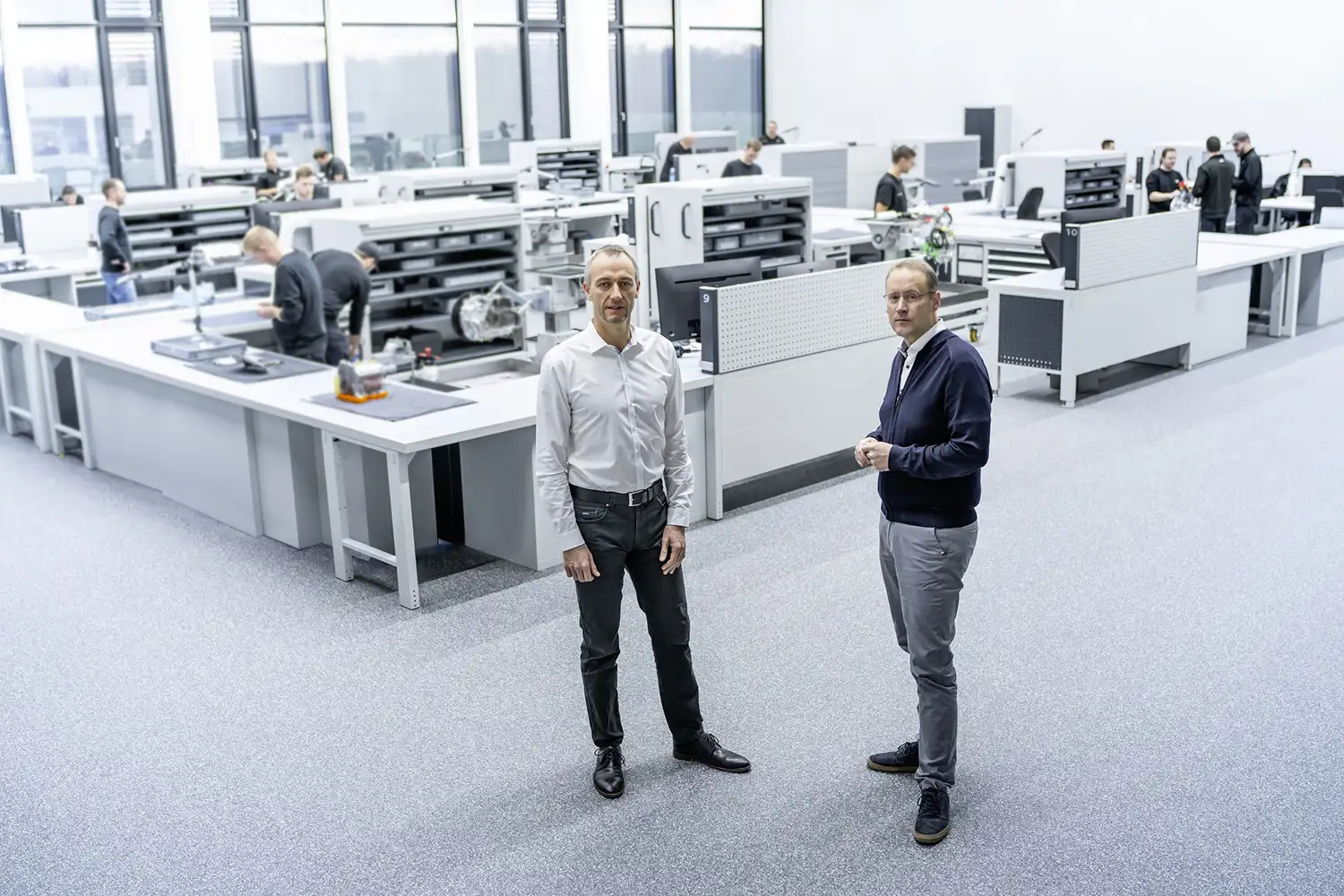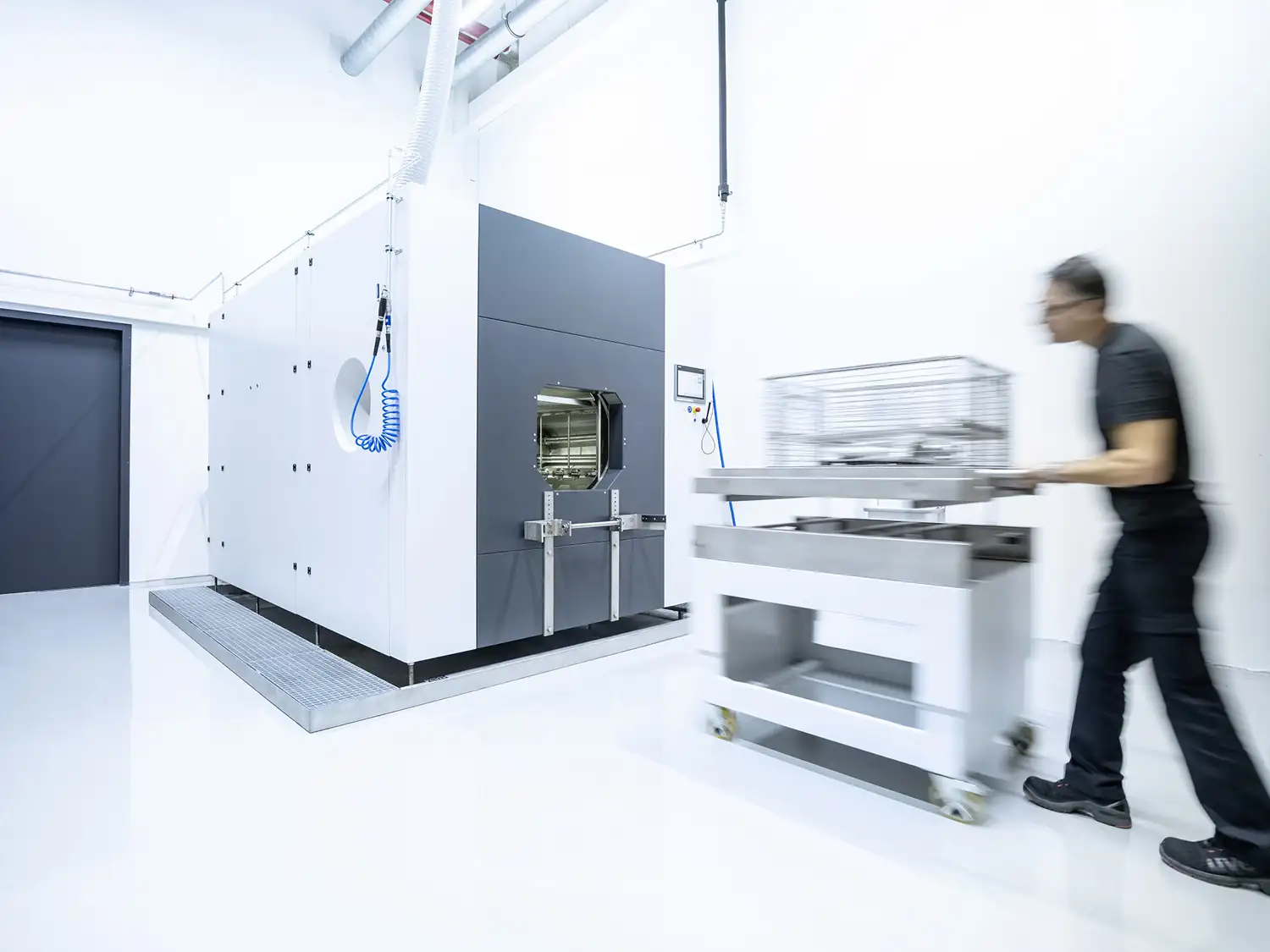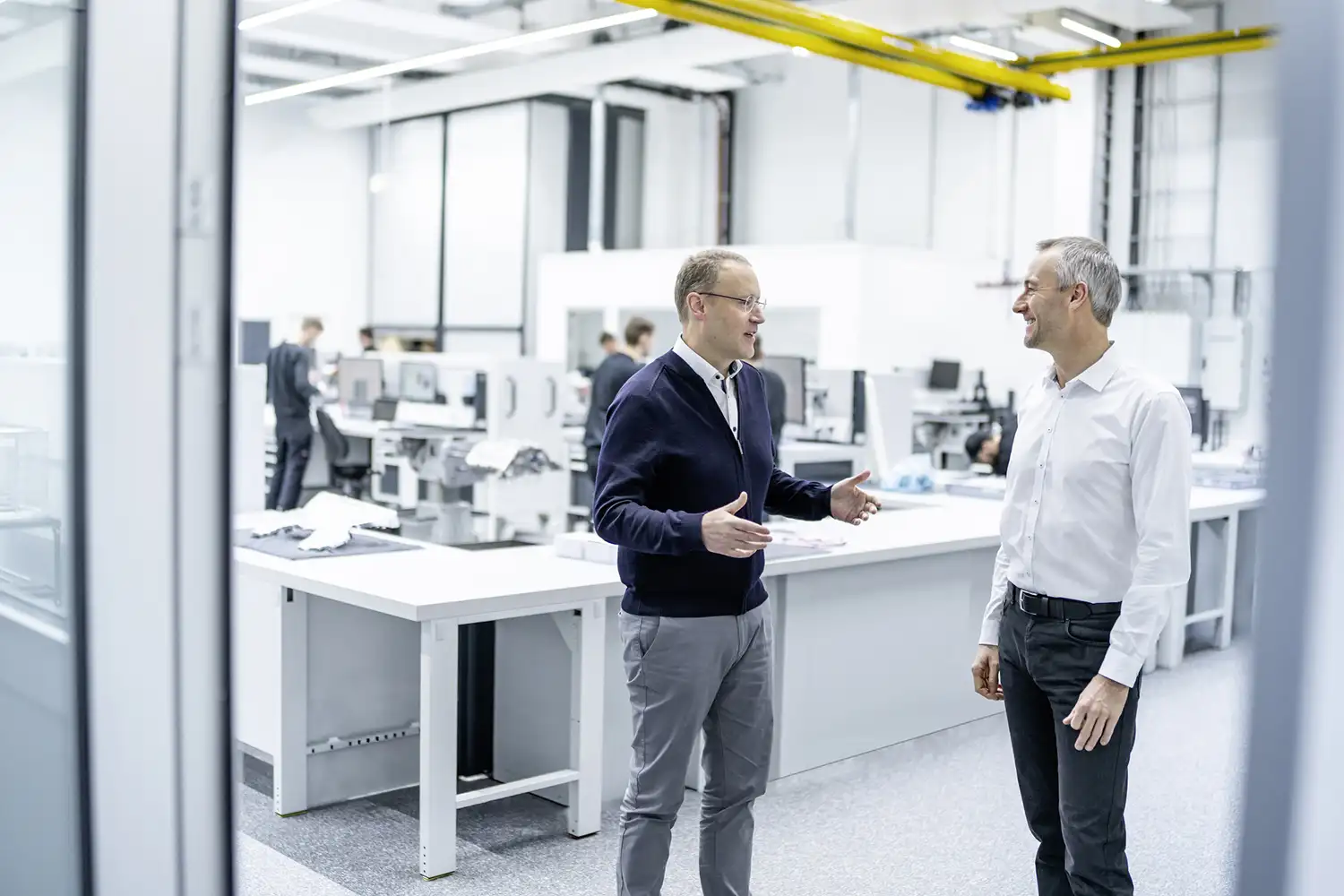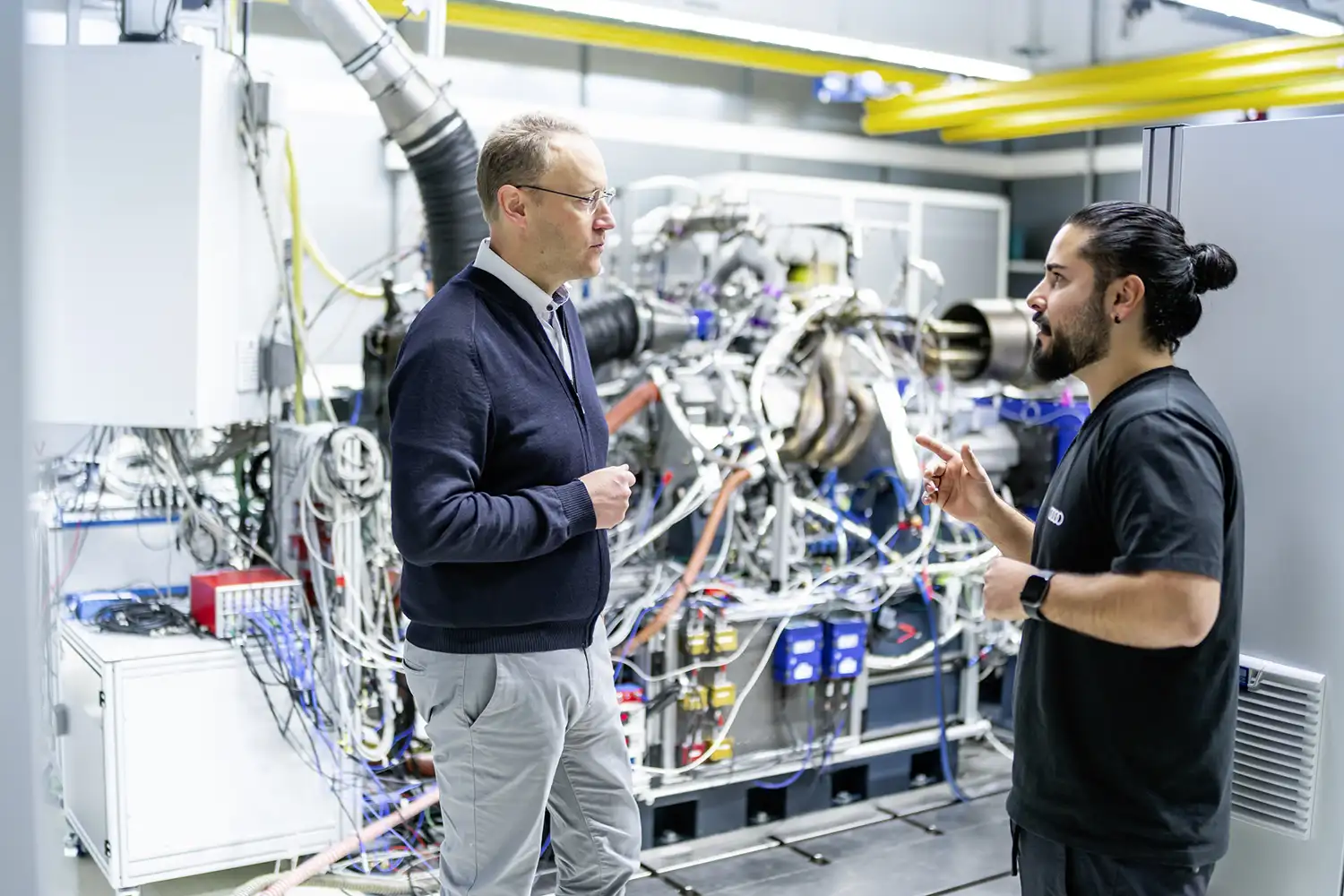
Audi’s dedicated Formula Racing GmbH (AFR) has been working on the Formula 1 Power Unit for over two years. Based in Neuburg a. d. Donau, AFR is responsible for the development of the hybrid drive system that will power Audi’s entry into Formula 1 in 2026. AFR CEO Adam Baker and CTO Stefan Dreyer provide an update on the progress and milestones achieved so far.
Development Milestones and Achievements
Since the start of development in spring 2022, the Audi Power Unit, consisting of a combustion engine, electric motor, battery, and control electronics, has been dynamically tested on the bench. This significant progress is the result of intense teamwork and innovative engineering. The Power Unit has already completed simulated race distances, providing valuable data to refine its performance.

State-of-the-Art Testing Facilities
Dreyer highlights the ambitious modernization and expansion of Audi’s testing facilities, which now feature 22 advanced test benches. These tools have facilitated rapid learning and allowed the team to test the Power Unit under simulated racing conditions. The next phase involves integrating the Power Unit with the transmission system for comprehensive testing.
Track Simulations
The Audi Power Unit has been tested on various tracks from the current F1 calendar, including Las Vegas, Spielberg, and Singapore. These simulations are crucial for fine-tuning the combustion engine and Energy Recovery System (ERS) components. The data gathered provides essential insights into overall energy management and performance optimization.

Team Structure and Expertise
The development team at Neuburg has leveraged Audi’s extensive experience in high-voltage technology, including projects like Le Mans, Formula E, and the Dakar Rally. This diverse expertise has been crucial in developing the complex components of the Power Unit. The team has also benefited from strong partnerships and supplier commitments.
Infrastructure and Intensity
Baker notes that the intensity of the project has increased, with significant milestones achieved regularly since 2022. The state-of-the-art facilities in Neuburg, including new test benches, workshops, and laboratories, support the ongoing development at full speed. The focus remains on achieving maximum vehicle performance by 2026.
Cost Cap Efficiency
Operating under the FIA’s cost cap has required efficient planning and resource management. Audi Formula Racing GmbH was created to ensure compliance with the cost cap while maximizing performance. This alignment between operational efficiency and sporting success is crucial for competing at the highest level.

Recruitment and Expertise
Despite the challenges of recruiting internationally, Audi has successfully attracted experienced engineers and technicians from other F1 Power Unit manufacturers. The proximity to Audi’s headquarters in Ingolstadt and the project’s appeal have helped build a strong, diverse team with members from 23 countries.
Future Outlook
Collaboration between Neuburg and Hinwil is already in full swing, focusing on integrating the Power Unit with critical components like thermal management and the gearbox. The combined expertise of both sites is essential for optimizing performance and ensuring a seamless transition to racing.
The development of Audi’s Formula 1 Power Unit is progressing rapidly, supported by advanced facilities, a talented team, and strategic partnerships. As the project moves forward, the team remains focused on achieving their ambitious goals for 2026, marking Audi’s return to the pinnacle of motorsport.
Source: Audi
This Article use tools from Chatgpt
